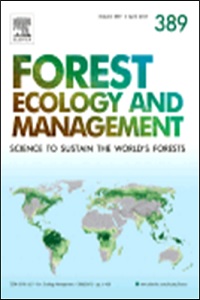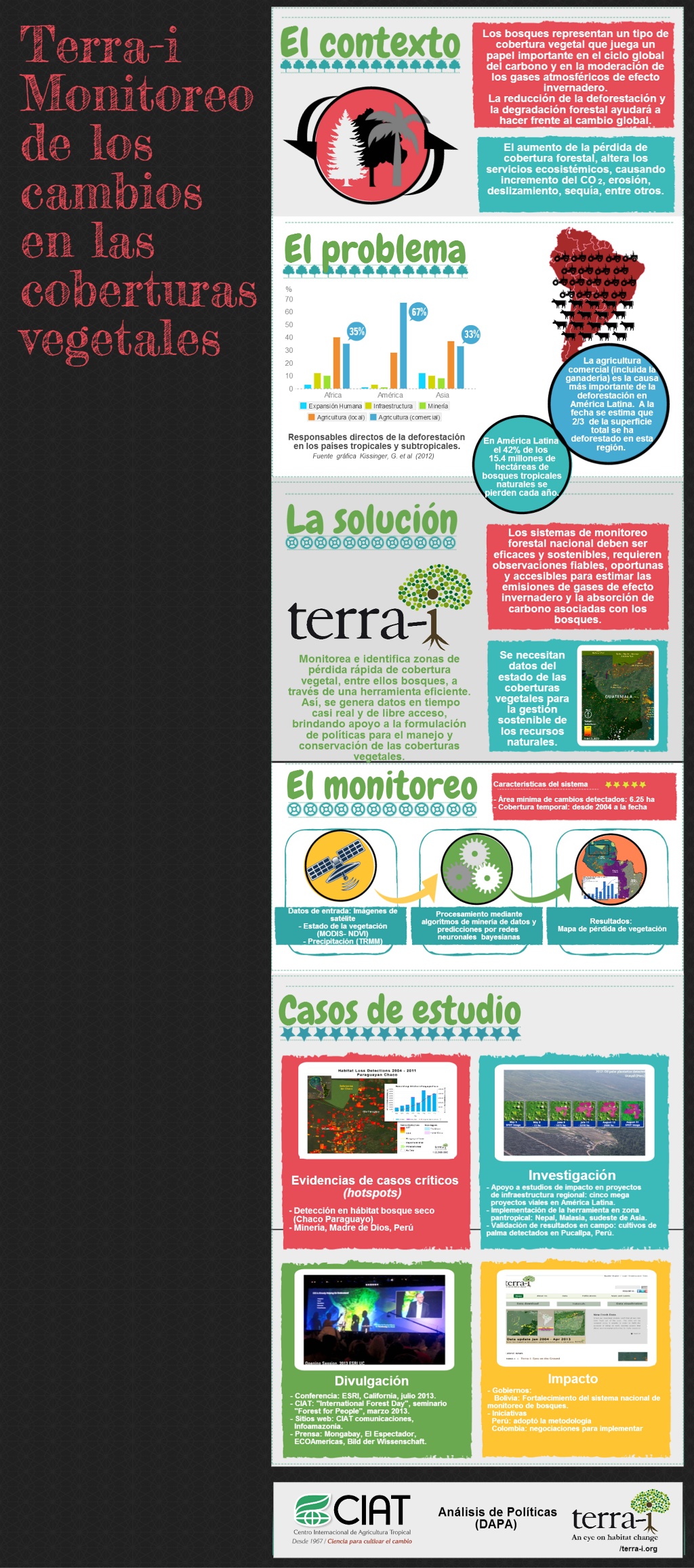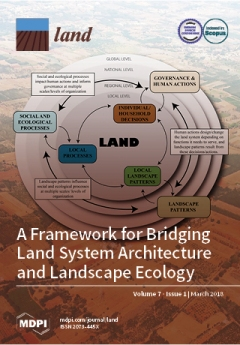Humans, bees, and pollination services in the city: the case of Chicago, IL (USA)
Despite the global trend in urbanization, little is known about patterns of biodiversity or provisioning of ecosystem services in urban areas. Bee communities and the pollination services they provide are important in cities, both for small-scale urban agriculture and native gardens. To better understand this important ecological issue, we examined bee communities, their response to novel floral resources, and their potential to provide pollination services in 25 neighborhoods across Chicago, IL (USA).






